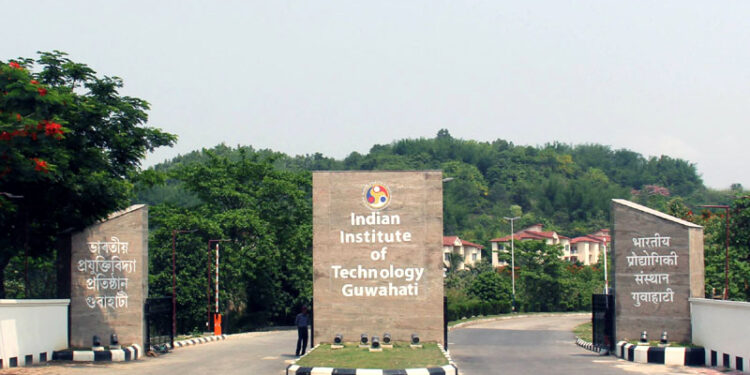Indian researchers have developed a new technique to assess fracture recovery. This technique, based on an artificial intelligence (AI) simulation model, could be helpful in predicting the improvement in fractures of the thigh bone after surgery. In addition, this technique can also help the surgeon choose the right implant or procedure before the surgery required for fracture healing.
The researchers say this technique may be used to assess the healing outcomes of various fracture fixation strategies. This allows the optimal approach to be selected based on the patient’s specific anatomical build and fracture type. This study has been done by researchers from the Indian Institute of Technology (IIT) Guwahati. It could be instrumental in improving the rate of accurate and effective decision making in orthopedics, thereby helping to reduce the cost and disease burden associated with fracture recovery.
Researchers have used a combination of finite element analysis, AI tools, and fuzzy logic to understand the fracture recovery process following various treatment modalities. For this, specific simulations, as well as bone-growth parameters have been used. The effect of screw-based bone stabilizing mechanisms has also been investigated to compare fracture healing capacity. The researchers say that the AI model’s assessment of fracture repair has been found to be in line with experimental observations, indicating its reliability.
Using such an accurate model can reduce healing time, reduce the economic burden and pain for patients who require treatment for thigh fractures, a statement from IIT Guwahati explained. In addition to various biological and patient-specific parameters, the model can also account for different clinical phenomena, such as smoking, diabetes, etc. The model can also be adapted for veterinary fractures, which are, physiologically and in various aspects, similar to those occurring in human patients, researcher said.
This study conducted by Dr. Souptik Chanda, assistant professor in the Department of Bioscience, IIT Guwahati, and his research scholar Prateek Nag, has been published in the research journal PLOS ONE. Dr Souptik Chanda explains that “AI is effectively capable in understanding and assessing complex biological phenomena, and therefore, this technology can play a big role in health science applications.”
The incidence of the thigh bone and hip fractures has increased worldwide with the increasing geriatric population. An estimated two lakh hip fractures occur annually in India alone, most of which require hospitalization and trauma care. Surgeons choose fracture treatment methods based on their experience. However, there is no way to assess the efficacy and success of the chosen treatment regimen.
The researchers plan to develop a software/app based on this algorithm, which can be used in hospitals and other health institutions as part of their fracture treatment protocols. Researchers are working closely with Dr Bhaskar Borgohain of Northeast Indira Gandhi Regional Health and Medical Sciences Hospital, Shillong, and his team of orthopedic specialists to improve parameters through animal studies. (India Science Wire)


















Discussion about this post